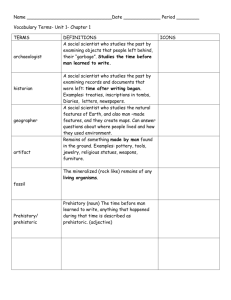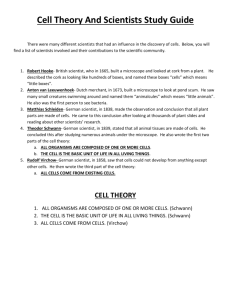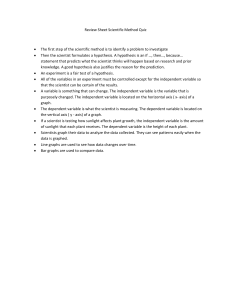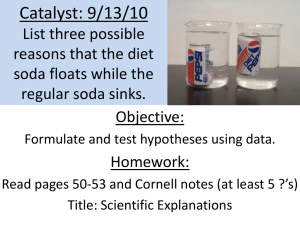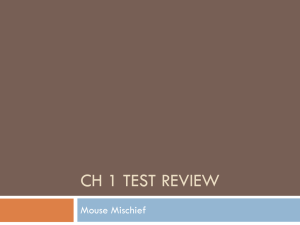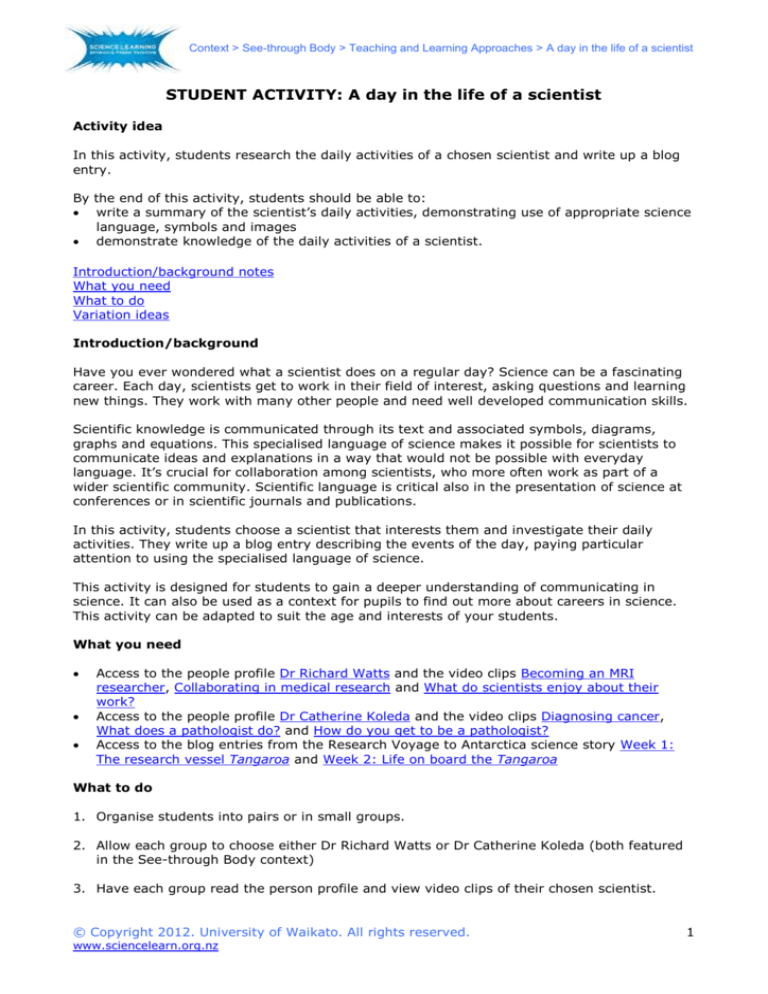
Context > See-through Body > Teaching and Learning Approaches > A day in the life of a scientist
STUDENT ACTIVITY: A day in the life of a scientist
Activity idea
In this activity, students research the daily activities of a chosen scientist and write up a blog
entry.
By the end of this activity, students should be able to:
write a summary of the scientist’s daily activities, demonstrating use of appropriate science
language, symbols and images
demonstrate knowledge of the daily activities of a scientist.
Introduction/background notes
What you need
What to do
Variation ideas
Introduction/background
Have you ever wondered what a scientist does on a regular day? Science can be a fascinating
career. Each day, scientists get to work in their field of interest, asking questions and learning
new things. They work with many other people and need well developed communication skills.
Scientific knowledge is communicated through its text and associated symbols, diagrams,
graphs and equations. This specialised language of science makes it possible for scientists to
communicate ideas and explanations in a way that would not be possible with everyday
language. It’s crucial for collaboration among scientists, who more often work as part of a
wider scientific community. Scientific language is critical also in the presentation of science at
conferences or in scientific journals and publications.
In this activity, students choose a scientist that interests them and investigate their daily
activities. They write up a blog entry describing the events of the day, paying particular
attention to using the specialised language of science.
This activity is designed for students to gain a deeper understanding of communicating in
science. It can also be used as a context for pupils to find out more about careers in science.
This activity can be adapted to suit the age and interests of your students.
What you need
Access to the people profile Dr Richard Watts and the video clips Becoming an MRI
researcher, Collaborating in medical research and What do scientists enjoy about their
work?
Access to the people profile Dr Catherine Koleda and the video clips Diagnosing cancer,
What does a pathologist do? and How do you get to be a pathologist?
Access to the blog entries from the Research Voyage to Antarctica science story Week 1:
The research vessel Tangaroa and Week 2: Life on board the Tangaroa
What to do
1. Organise students into pairs or in small groups.
2. Allow each group to choose either Dr Richard Watts or Dr Catherine Koleda (both featured
in the See-through Body context)
3. Have each group read the person profile and view video clips of their chosen scientist.
© Copyright 2012. University of Waikato. All rights reserved.
www.sciencelearn.org.nz
1
Context > See-through Body > Teaching and Learning Approaches > A day in the life of a scientist
4. Ask students to work together to create a list of the main activities in the scientist’s day.
When listing the activities, students can use their imagination as well as the information
they’ve read and viewed in step 3. Encourage them to think about the hours the scientist
might work, the people they might interact with, the experimental results they might get,
the lab work they do, the equipment they might use, who they might want to inform about
their work and so on.
5. Ask students to also develop a list of the specialised language (words, graphs, images and
so on) their scientist might use during their day.
6. Have each group write a short article about their scientist’s day. The article should be
suitable for a blog entry. It should include both text and images. It could be a summary of
the scientist’s work during a day, an announcement of a breakthrough, an exciting result,
something they want to tell or ask their colleague(s), a thought about their research, why
they became a scientist or what they would tell an interested student about their research
or their career. For examples of blog entries, direct your students to the blog entries in
Research Voyage to Antarctica science story Week 1: The research vessel Tangaroa and
Week 2: Life on board the Tangaroa.
Variation ideas
You might like to choose other scientists from other contexts or science stories on the Hub.
For each scientist, you will need a person profile article and a selection of video clips of that
scientist talking about his/her work.
Alternatively, you may like to allow your students to find another scientist that interests
them.
© Copyright 2012. University of Waikato. All rights reserved.
www.sciencelearn.org.nz
2



